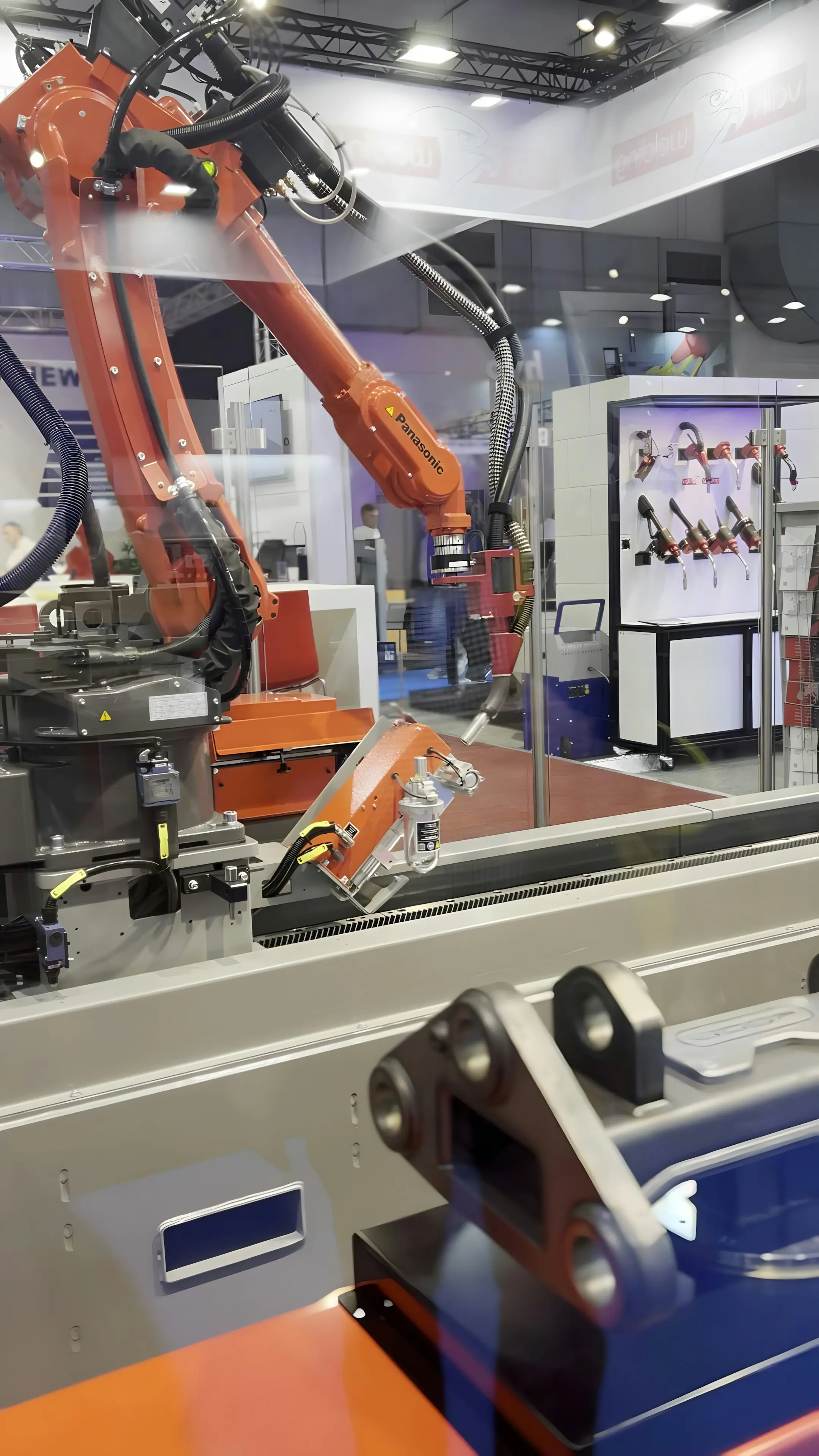Anyone Can Now Teach a Robot with Zero Coding Required

Teaching robots new tasks just got a lot more human. Engineers at MIT have developed a handheld interface that enables users to train robots in three intuitive ways, whether that's remotely controlling, physically guiding, or demonstrating the task themselves, dramatically lowering the barrier for “teaching” machines .
Traditional robot programming often requires code or expert tools. But this innovation lets experts or everyday users act as on-the-job trainers. The interface, a sensor-packed handheld gadget, attaches to common collaborative robot arms. It collects position, movement, and force data, enabling learning from remote operation (like a joystick), kinesthetic input (moving the robot by hand), or through users performing the task themselves while the robot watches.
In tests, manufacturing professionals taught a robot to perform tasks like press-fitting pegs and dough-molding movements, swapping between all three teaching styles. Interestingly, many preferred the “natural teaching” mode, where the robot simply observes the human performing the task, intuitive, direct, and effective.
Each training method has its strengths. Teleoperation is ideal for hazardous tasks or toxic materials, kinesthetic teaching helps calibrate physical movements, and natural demonstration suits delicate or nuanced actions. This flexibility means robots could learn across entire production lines, with different experts imparting their own expertise.
“We are trying to create highly intelligent and skilled teammates that can work with humans to get complex work done,” says MIT postdoc Mike Hagenow. The idea? Robots that don’t just follow pre-programmed routines, but adapt through on-site teaching by operators.
The implications extend beyond factories. Imagine home-care robots learning how you fold laundry, or hospital assistants trained on-the-fly for unique patient needs, no coder required.
As robot adoption continues to expand, interfaces like this could be the key to unlocking robust, adaptable, and inclusive robot training. By letting people teach in their own natural styles, MIT’s tool may redefine how humans and machines learn from each other.